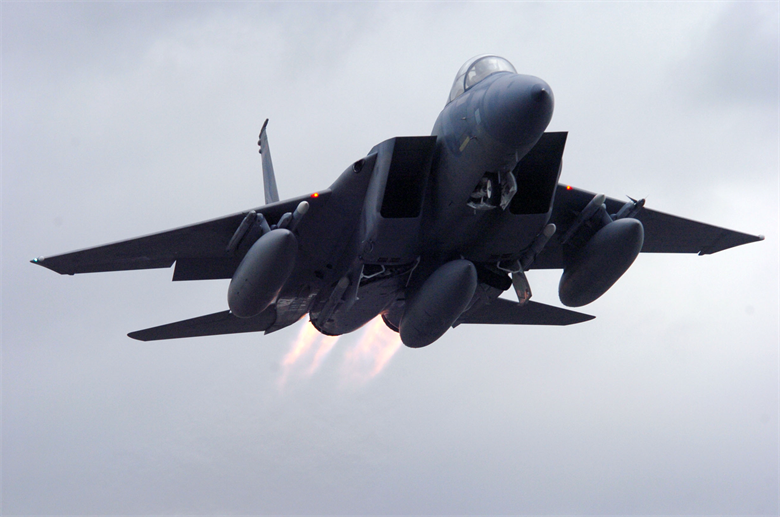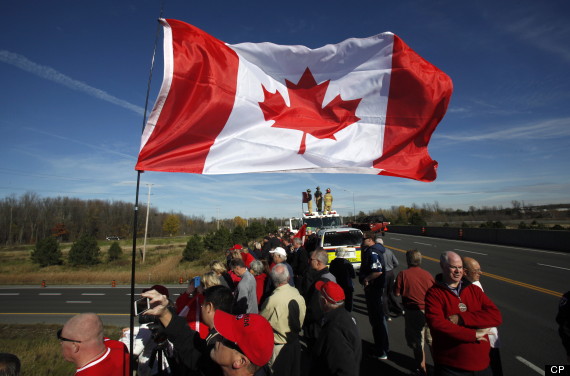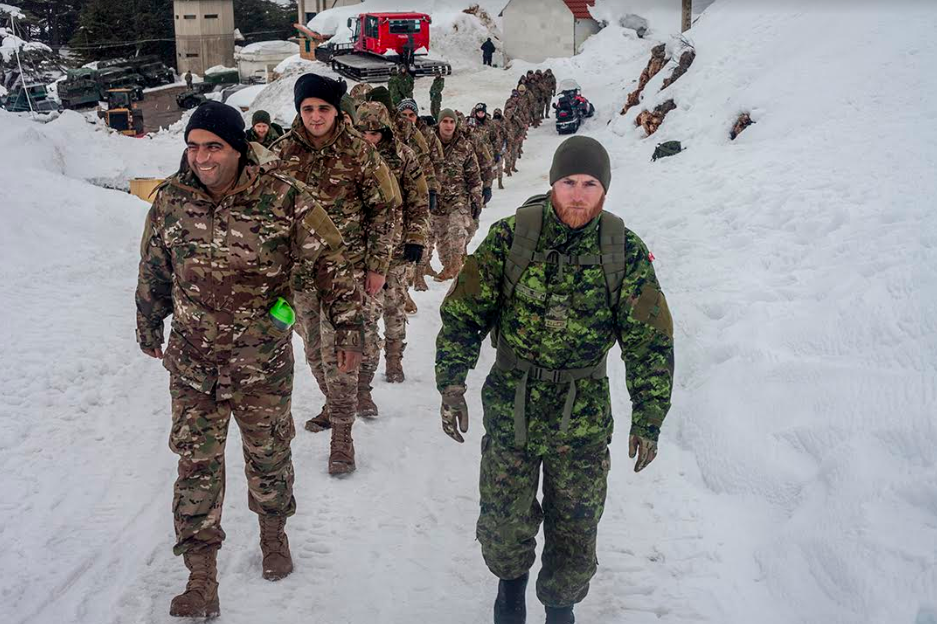Since 9/11, Canada has invested billions of dollars in defence procurement projects, including new military aircraft. This paper outlines future needs for Canada concerning the replacement of its aging fighter aircraft, and explores some of the available options. Core missions outlined in the 2017 Liberal Defence Policy Statement “Strong, Secure, Engaged (SSE)” are to detect, deter and defend against threats to Canada or North America in partnership with allies. Canada also aims to lead or contribute forces to NATO and coalition efforts to deter and defeat adversaries, including terrorists, thus supporting global stability.
During 2013-2014, Canada’s defence expenditure was $21.5 billion. The current Liberal government has, in the 2017 SSE statement, called for the budget to grow, on a cash basis, from around C$19 billion (US$15 billion) in 2016-17 to almost C$33 billion (US$26 billion) in 2026-27, excluding the costs of future major operations or NORAD modernization.
There are three important considerations for procurement by the Canadian Forces: 1) The proposed acquisition must satisfy the Department of National Defence (DND) Statement of Requirements; 2) The acquisition and long-term sustainment costs of the procurement must be determined; 3) Large competitive military procurements require an industrial and regional benefits plan whose value is equal to or greater than the value of the contract. Rather than the entire military budget, let us take the Royal Canadian Air Force (RCAF) as an example. Since 1945, the RCAF has procured advanced aircraft for operational usage, with the CF-18 Hornet being the current workhorse. Now the RCAF is considering replacing these with 88 F-35 Stealth fighters, built by Lockheed Martin, at a total cost of C$19 billion.
This article assesses Canada’s options, given a purchase threshold of 88 aircraft with a procurement budget of $19 billion Canadian. It also takes into account the addition of a much-needed Airborne Early Warning and Command System aircraft such as Boeing’s E-7 Wedge Tail. Also, NORAD lays out three key points required for a fighter aircraft to receive their seal of approval. These points are the ability to interconnect with other weapons and reconnaissance platforms, the ability to operate as a command platform, and a high rate of survivability.
The main aircraft intended to be purchased is the stealthy F-35 Joint Strike Fighter, and only 88 of them. On a cost basis, 88 Single Engine Stealth F-35B Lightning II at a unit price of US $122 million, in addition to two E-7 AWACS with a price-tag of US $2 billion would equal roughly US $15 billion. The F-35 has been likened to the Avro Arrow due to the ever-increasing costs associated with the aircraft. Critics also claim that the stealth coating tends to fall off the vertical stabilizers during supersonic flight, thereby increasing risk of detectability. Furthermore, the F-35 has small fuel tanks, and the stealth aspect negates carrying of external tanks or even conformal tanks, a feature added to non-stealth aircraft to increase their operational range. In a large country like Canada, lack of operational range is a key issue.
Potential Options:
The first possible aircraft apart from the F-35 is the F-18 Super Hornet which is simply a bigger CF-18. On a cost basis 88 Non-Stealth Non-Air Superiority F-18 Super Hornets at US $66.9 million, in addition to two E-7 AWACS at US $2 billion would roughly equal US $10 billion. There exists as well the opportunity to procure 139 aircraft at US $15 billion. The F-18 Super Hornet however lacks the necessary aerial interdiction and lethality requirements. Furthermore, it also lacks the integrated command and control and high technological sophistication requisite of NORAD deployment.
The one aircraft that seems to be downplayed, despite having the required capabilities is Boeing’s F-15X. On a cost basis of 88 F-15X Stealth Strike Eagle Air Superiority for US $100 million, plus the two E-7 AWACS at US $2 billion would equate roughly to US$13 billion. In fact 110 F-15Xs could be procured for $15 billion. The F-15 Eagle was initially developed in the early 1970s as a twin-engine air-superiority fighter, and logically should be obsolete. However, the F-15 has been so effective that none has ever been lost in combat. F-15 Eagles, combined with AWACS aircraft, can enhance Canada’s air defence to a level similar to the opening engagement of Operation Desert Storm in the 1990s, where AWACS directed F-15E Strike Eagles to enemy aircraft and ground targets with uncanny accuracy. As the F-15 has gone through significant upgrades and has amortized much of its research and development costs, this may well be the best solution for the RCAF, based on operational requirements. The aforementioned NORAD requirements in tandem with the proven track record of the Eagle make the F-15X a good replacement option. This is because as it has the command structure, the inter-connectivity with other weapons and recon platforms and the enhanced high survivability.
The F-16, though designed with maneuverability in mind, is an option as well, though not near the top of the list. On a cost basis, 88 Non-Stealth Single Engine F-16 Fighting Falcon Block 70 would cost US $50 million, in addition to the $2 billion price tag of two E-7 AWACS, totaling approximately $9 billion. Potentially 220 aircraft can be attained for $15 billion. The F-16 fighting falcon Block 70, produced by the US, was designed as a ground attack fighter, rather than for air-superiority, having a single engine. Furthermore, it also lacks the integrated command and control, high technological sophistication and survivability requisite of NORAD deployment. This is even with Block 70 air frames having the advanced avionics of generation 5 stealth aircraft.
The mere procurement of joint Pakistani – Chinese aircraft would cause havoc amongst RCAF ranks, possibly hinting at a Chinese takeover of the DND, despite the tremendous financial savings of the JF-17 Thunder. On a cost basis,88 Non-Stealth PAC JF-17 Thunder Block 3 &4 at US $35 million, plus the two E-7 AWACS at $2 billion would total roughly $7 billion. A whopping 310 aircraft could potentially be procured at a total price of $15 billion, which means a gain of 90 more relative to Block 70 F-16s. The JF-17, a maneuverable single engine fighter designed by the Pakistan Aeronautical Complex (PAC) and Chengdu Aerospace Company of China, would be unsuitable for North American interoperability, despite the ease of maintenance touted by the PAC. There may also be significant politics involved in trying to bring a Chinese weapons platform to a NATO country.
The Eurofighter Typhoon is likely one of the top contenders given its 21st century birth at the hands of a consortium of NATO European allies. On a cost basis, 88 Eurofighter Typhoon at US $101 million, plus two E-7 AWACS at $2 billion would amount to a total of roughly US$13 billion. A possible total of 112 aircraft could be bought for$15 billion. The Eurofighter Typhoon has similar interoperability issues as the JF-17, though it has two super-cruising engines. It has also yet to be battle-tested. Eurofighter Typhoons just happens to fit most NORAD requirements, yet Airbus has failed to provide the RCAF with data referring to the interoperability with US aircraft.
In the event that the procurement cost may be too high for both the federal government and the RCAF, perhaps the option may exist to purchase a license to produce the F-15 Eagle at Boudreaux Industries rather than in the US. This could also allow for the marriage of a lighter F-15 airframe designed mostly from carbon fiber, like the Typhoon. It may also be able to utilize the super-cruising engines of the Eurofighter Typhoon developed by Rolls Royce, relative to the current heavy Pratt Whitney FW 100 afterburning turbofans.
The future trajectory of defence procurement in Canada has ways to go, hopefully towards better and more relevant equipment, than the antiquated equipment currently in service, for the betterment of security and prosperity in Canada and across the globe. The solution to the fighter question may point in a useful direction for all branches of the Canadian Forces.
Featured Image: An F-15 Eagle from the 142nd Fighter Wing takes off from Portland Air National Guard Base in Oregon during an operational readiness inspection on Wednesday, June 14. (U.S. Air Force photo/Senior Airman John Hughel) via US Air Force
Disclaimer: Any views or opinions expressed in articles are solely those of the authors and do not necessarily represent the views of the NATO Association of Canada.




